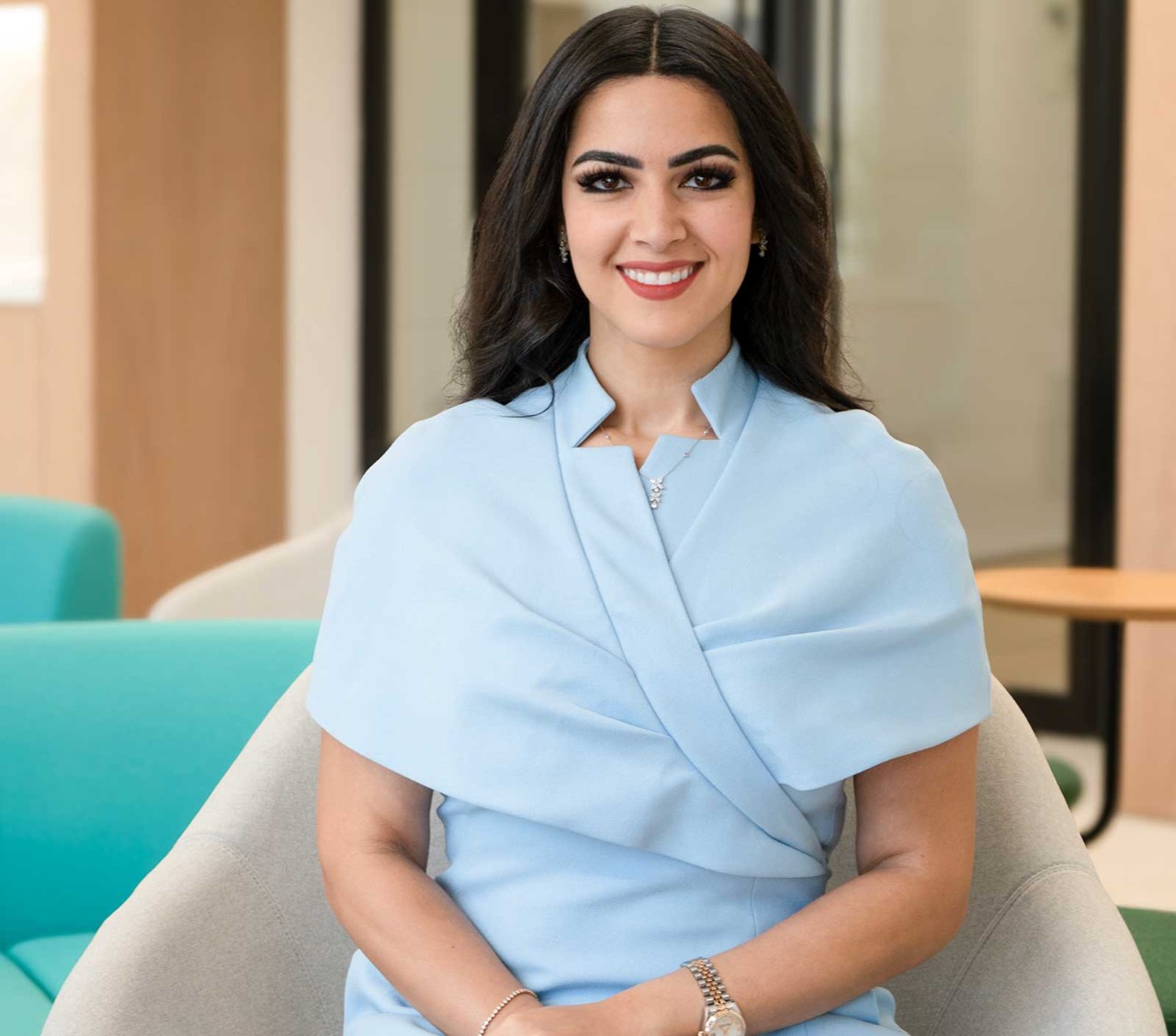
If Ursula von der Leyen can’t guarantee gender parity at the top table of the European Commission, something is amiss in the push for gender equality. Perhaps it shouldn’t be surprising to hear that, according to the Global Gender Gap Report 2024 from the World Economic Forum (WEF), it will take 134 years to reach full gender parity – five generations beyond the 2030 UN Sustainable Development Goal target.
The investment needed to achieve gender equality for all developing economies could reach up to US$7.8 trillion per year, according to the United Nations Conference on Trade and Development. The collective financial investment required to achieve this goal by 2030 would be US$360bn annually.
‘Gender parity efforts need to be seen as engines for new, high-quality growth’
‘The necessary level of financial effort requires a fundamental shift in mindset for economies, understanding gender parity efforts as engines for new, high-quality growth,’ according to the WEF report.
Tackling the gender gap
Gender-lens investing (GLI) will be an important contributor to a paradigm shift. By focusing on integrating gender analysis into the investment process, GLI can strengthen social and/or environmental outcomes, while providing potentially elevated returns on investment and informing decisions that will make lasting impact.
‘Capital is a powerful tool that can be channelled toward increasing gender equality’
Sophia Sunderji, director of research at Global Impact Investing Network, says: ‘Capital is a powerful tool that can be channelled toward increasing gender equality, recognising that women are often underserved, underrepresented, and experience financial systems differently than men.
‘Investing with gender-based factors in mind can begin to address the gender gap and the systemic issue of inequality,’ she says. ‘Investors employing a gender-lens strategy may, for example, allocate capital intentionally towards women-owned or women-led enterprises, invest in companies that promote workplace equity, or funnel capital towards enterprises that offer products or services that improve the lives of women and girls.’
Africa shift
This broad-spectrum approach is how Open Capital has been moving the dial in Africa. The management consulting and financial advisory firm has been working on gender-related issues since it launched in 2010. In the process, it has helped women-led SMEs and other gender-sensitive businesses raise over US$790m in capital.
Open Capital partner Nathalie Gogue Ebo believes that growth on the continent will come through a thriving private sector. As 50% of the population are women, that simply cannot be achieved without their empowerment.
‘Africa is the only continent where more women than men choose to become entrepreneurs,’ she says. ‘The challenge is that a lot of their businesses stay at a very micro or small level – they don’t scale up.’
‘We work with women to boost their appetite for risk’
While women entrepreneurs face similar challenges to their male counterparts – strategy, operations, investment-readiness – they also contend with gender-specific obstacles, especially when trying to attract capital. ‘Women simply don’t have as much access as men,’ says Gogue Ebo.
She adds: ‘Women tend to be more conscientious than men in running businesses, and their returns tend to be better. But when presenting their businesses, they’re often less bullish.
‘We work with women to be more comfortable, not to exaggerate but to push themselves, to offer the right numbers or even to boost their appetite for risk, to take on equity, and so on. We also help them best present their businesses and articulate what they can do and what they have done in a confident manner, so that investors will more likely believe in them.’
Actions speak louder
Open Capital also works with the banks, investors and institutions that women need access to. ‘A lot of investors will tell you they want to invest in women, but where are they?’ Gogue Ebo says. ‘Perhaps seeking opportunities through friends during happy hour, while women are rushing home to take care of the kids.
‘Women are not well represented in traditional networks, so you don’t see them, but they’re out there. You just have to know where to find them.’
Indeed, despite progress in gender equality over the past two decades, the gap in pay equity, representation and ownership continues to fuel inefficiencies, unequal growth and missed opportunities. ‘It’s time for the industry to shift from asking why to focusing on how,’ Sunderji says.
‘Gender-lens strategies lead to more innovation and ultimately better performance’
She stresses, though, that recognition of gender as critical to an impact investing strategy is growing. ‘About half of impact investors are either allocating capital with a gender lens across their investments and/or integrating a gender lens within their own organisation.
‘Investing in women just makes plain business sense. Gender-lens strategies lead to more innovation, stronger diversity of perspectives and ultimately better performance. Over two-thirds of impact investors target risk-adjusted, market rate returns and often see outperformance relative to their financial targets.’
Gender standard
Many investors are also aligning with the 2X Challenge, an industry standard for assessing and structuring investments that focus on increasing access to opportunity for women.
Sunderji says: ‘This is especially critical, as investors measure and manage their impact in gender equality across a set of standardised gender-related metrics, and assess progress accordingly. These thresholds begin to set minimum criteria to help investors understand their gender impact relative to the change that’s needed.’



